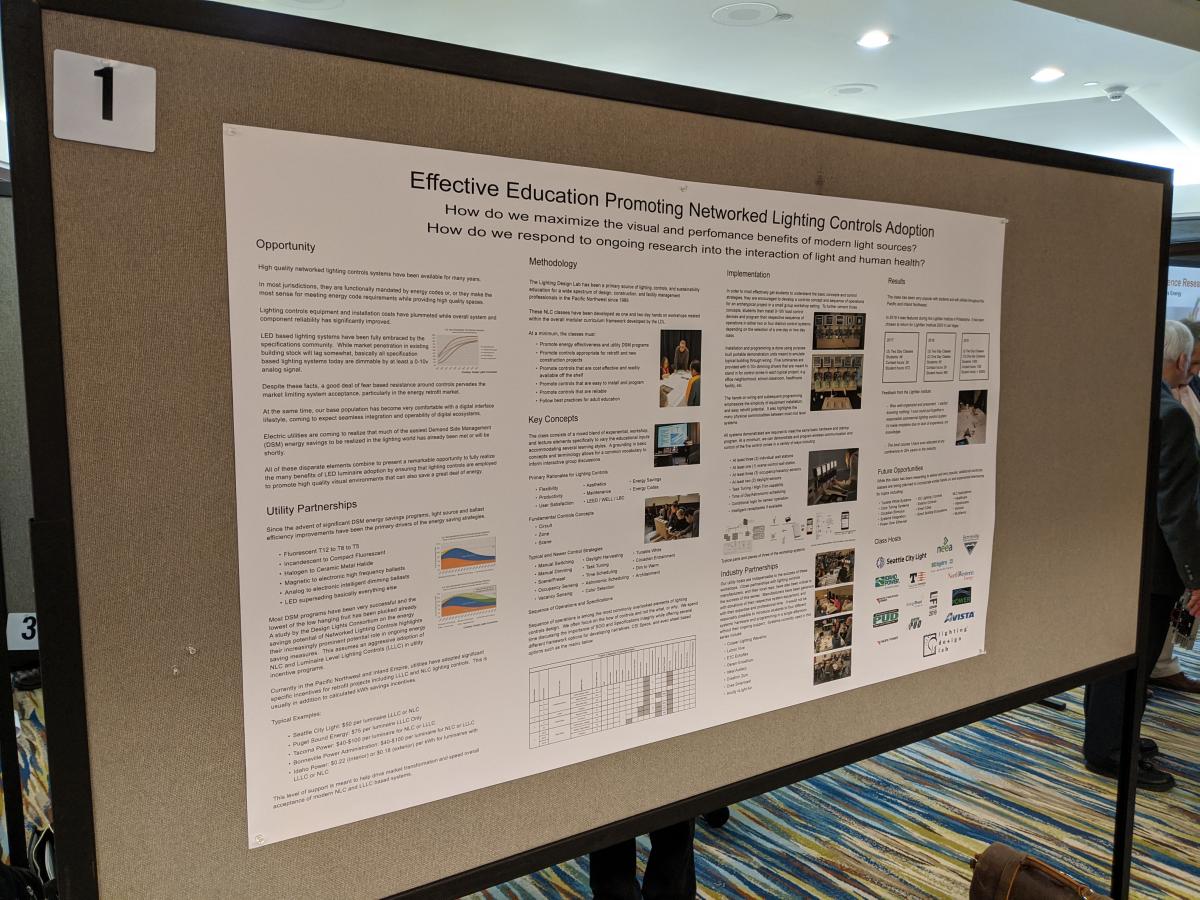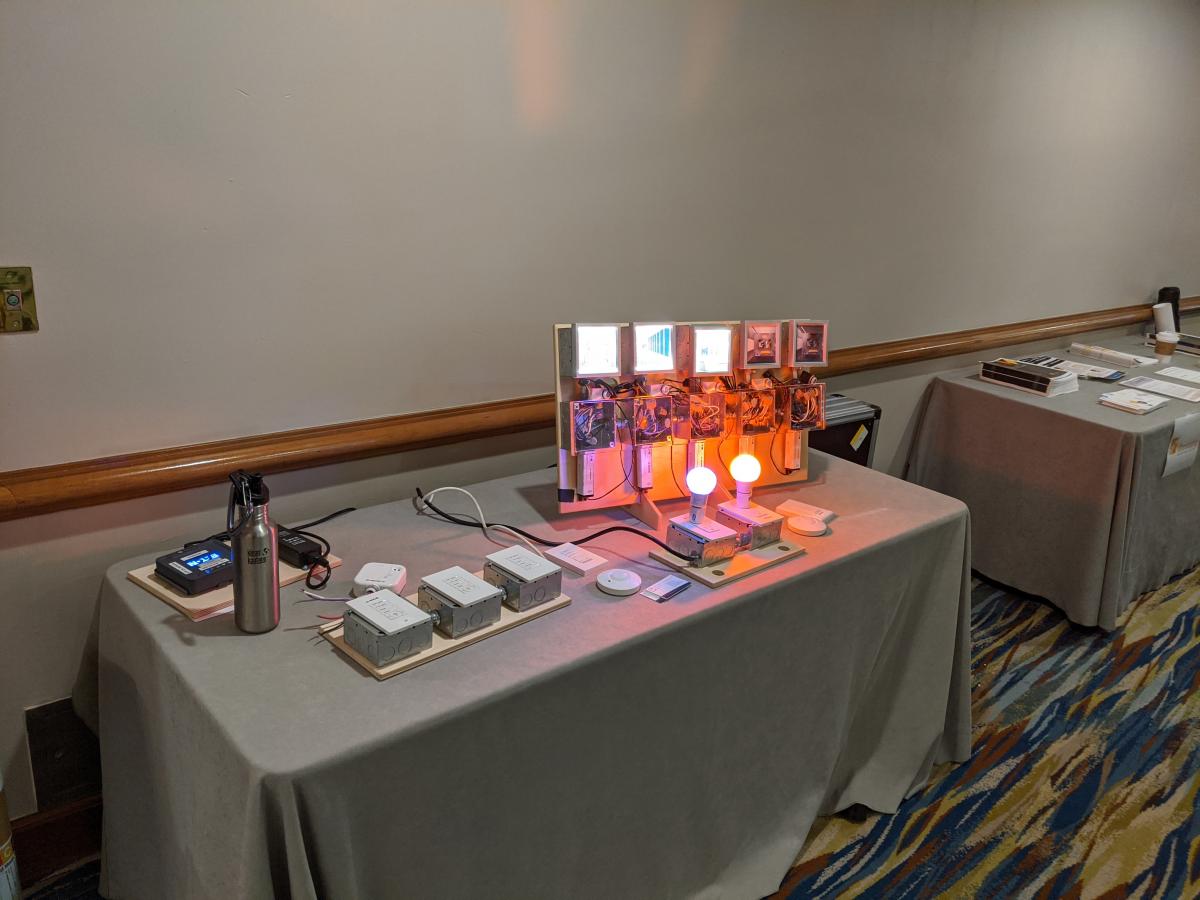Attended by Shaun Darragh
I recently had the pleasure of attending the US DOE Lighting Research and Development conference in San Diego. For those who may not know, the US DOE has played a pivotal role in speeding LED efficacy improvements, and overall acceptance of the source, in both the commercial and residential markets. DOE sponsored conferences such as this have long been meant to bring together scientists, engineers, and manufacturers to collaborate on delivering a more efficient, bright future for all.
With a paramount objective of improving energy performance, past conferences have been focused primarily on chip technology and light source efficacy. The big question has long been: how many lumens per watt can we squeeze out of the light source and the luminaire? Unfortunately, those efficacy gains have sometimes come at a steep cost to visual quality – high color temperature sources and spectral power distribution, lower color rendering and color consistency, and a significant increase in potential direct glare. This conference was notably different.
Over the last several years, physiological research into the nonvisual effects of light on human health have caused a resurgence in the importance of lighting quality across large segments of the industry. End users and the popular press have begun to take interest in these issues. For the first time, this DOE conference was co-sponsored by the Illuminating Engineering Society (IES). Design professionals were encouraged to participate more than ever – in collaboration with the scientists, engineers, and manufacturers.
The conference broke into three interest tracks as well as the normal plenary sessions. In addition to the perennial technology track focusing on chips and drivers, tracks were added for Light and Health, and Connected Lighting Systems. In some very engaged session discussions and presentations, more questions may have been raised than answers provided, but it is keenly encouraging to see the correct questions being asked and discussed. Stay tuned for more as the industry pivots to consider answers to those questions as we all refocus on quality, health, and lighting controls….in addition to efficacy.
The LDL was also asked to present at the poster session this year. Considering the new workshop focus on Connected Lighting Systems, it seemed most appropriate to highlight the work we’ve been doing the last several years around hands-on education for Networked Lighting Control systems. I brought along some of the demonstration equipment we’ve created, as well as a poster highlighting some of the methodologies we’ve employed and the results we’ve accomplished. They led to some interesting discussions with a wide range of participants during the poster session. Stay tuned for more…next up, tunable white and color tuning systems….
 |
 |
